|
As parents and teachers, we are always looking for ways to understand our children, to interpret their behaviours, and to be able to support them more fully in their development. In Waldorf Schools around the world, it is very common for teachers to use the Four Temperaments Model, as a foundation for understanding their students.
This is one of the oldest personality type systems in the world. The origins of this typology belong to Graeco-Arabic medicine, where it was successfully used to treat illnesses. In fact, it is still used today by practitioners of traditional medicine around the world.
11 Comments
Daily Wonder lesson plans provide the daily, monthly and yearly rhythm of your school year. The educational planning is done, and there is minimal preparation awaiting you, the parent. We all know how hectic the school year can get with all the things that need to happen in one day. The Wonder Squad highly recommends taking the time now to look into your prep needs. You will be so grateful down the road for taking the time now to get organized. Lazy summer days offer leisurely ways to check things off the "back to homeschool to-do list".
Here are our suggestions:
We're not exactly psychic, but we can predict that your children will complain that they are bored and bicker with their siblings (if they have some) at least ten times during the summer. So we are here to highlight the amazing work that is taking place behind these annoying scenes.
Long summer days can offer so many wonderful opportunities for family time and activities that we forget to honour the downtime. Children hardly get unstructured time these days. When they do, it can be met with complaints and loud, uncomfortable noises. As parents, our first inclination is to stop that noise however we can. When we remember that boredom is the doorway to creativity, we give ourselves permission to sit back and wait for the magic to happen. Things that can come out of boredom... More and more parents understand the importance of free, unstructured play for children. However, in our highly structured and driven society, they are working against the grain, in a way. These families have to work extra hard to maintain their values and navigate away from the overuse of screens and electronic toys that take away all the wonder.
At first, if your child is not used to free, unstructured play, it can be difficult for them to sink into something joyful and absorbing. In some ways, it requires a “detox” from the toys and distractions of our modern world. Many popular toys for children today involve electronics: these toys beep, buzz, flash, and talk. On the surface, they seem very exciting and engaging, but one quickly realizes that they lack deeply nourishing engagement with wonder and creativity. Furthermore, they become a source of frustration because they easily break, or the batteries die quickly. They can also be quite disturbing to the nervous system of the child. These toys can overload the senses with sounds and visuals. And let’s not forget the disturbance to the nervous systems of those in the room (like stressed out moms)! The pentatonic flute is named so after the five-note pentatonic scale. Rudolf Steiner said this scale harkens back to our ancient ancestors' days and the music they felt from the spirit world. As human consciousness evolved, so did our understanding and connection to music.
Each Daily Wonder unit comes complete with three weeks of guided daily curriculum and a 4th week called a Flex Week. Parents can rest assured that the curriculum is covered as planned for each unit during the first three weeks. If parents choose to continue the daily routine with Flex Week, they will continue to cover the curriculum and expand on that with design thinking as well.
The Flex Week project for the Grade 2, Month 7, The Wonder of Reading unit is the completion of a Kindness Quilt. The theme of kindness runs through the stories told during this unit. Stories of kindness are a perfect backdrop for the level of reflection appropriate for the 7 or 8-year-old. It is more developmentally appropriate for a child this age to feel how they feel rather than to think about how they feel. This means it is easier for them to read about kindness and feel how that care feels than for them to bring this into their thinking for analysis. Children thrive in a predictable rhythm and routine. We see their anxiety lessen when they know what to expect. When meals and bedtime happen regularly , it anchors their day. Once established, it is helpful to find other aspects of the day that you can commit to making happen regularly. Homeschool is, of course, a source of rhythm for your child. Although these days, school can be somewhat unpredictable as well, giving us even more reasons to fill moments in your child’s day with heartfelt connection and a sense of calm.
Hey Parents! After you have been a super hero and guided your child through the Daily Wonder morning lesson, maybe you want to take a step back, maybe you have to attend to your regular job, or maybe you need a coffee break. Whatever the reason, learning does not have to stop. In fact, learning is an ongoing process, and Daily Wonder will show you how easy it is to connect regular homeschool activities like free-play and everyday life experiences with worldwide learning standards!
Anthroposophist, mystic, and teacher, Claudia McLaren Lainson explains the Holy Nights:
"In the darkness of Winter’s night, when the great breath of the Earth Mother finds its greatest point of inhalation, human beings are afforded the grace to touch into both magic and miracle. In the pause between her mighty in-breath and out-breath there is a still-point of rest. This still-point has long been known as the Holy Nights. In these blessed Nights, the angels circle the globe as if in a great cosmic dance. They long to speak to listening human hearts. Throughout the ages the ‘listening ones’ on earth have heard the angelic choir; they have received messages of Peace and Love. What is received during these sacred days and nights, resounds a thousand-fold in the year that follows. In this year before us, a great light is striving to find willing human hearts. May we each be the ‘listening ones’ during these Holy Nights. May we work with angels." Seasonal festivals serve to connect humanity with the rhythms of nature. For children, these festivals mark the seasons with joy and anticipation for preparing for these celebrations.
No matter what your faith, this is a guide to celebrating Advent. Advent takes place on the four Sundays that lead up to Christmas. Many people celebrate Advent and do not celebrate Christmas at all. The two need not be linked. |
BlogExplore schedules, rhythms & routines, songs, music, festivals, free play, meals, projects & more to support your homeschooling program.Categories
All
Archives
April 2024
|
You might be wondering... |
Visit us on Teachers Pay Teachers© COPYRIGHT 2020. ALL RIGHTS RESERVED
Serving your worldwide educational needs from Comox Valley, BC, Canada. |

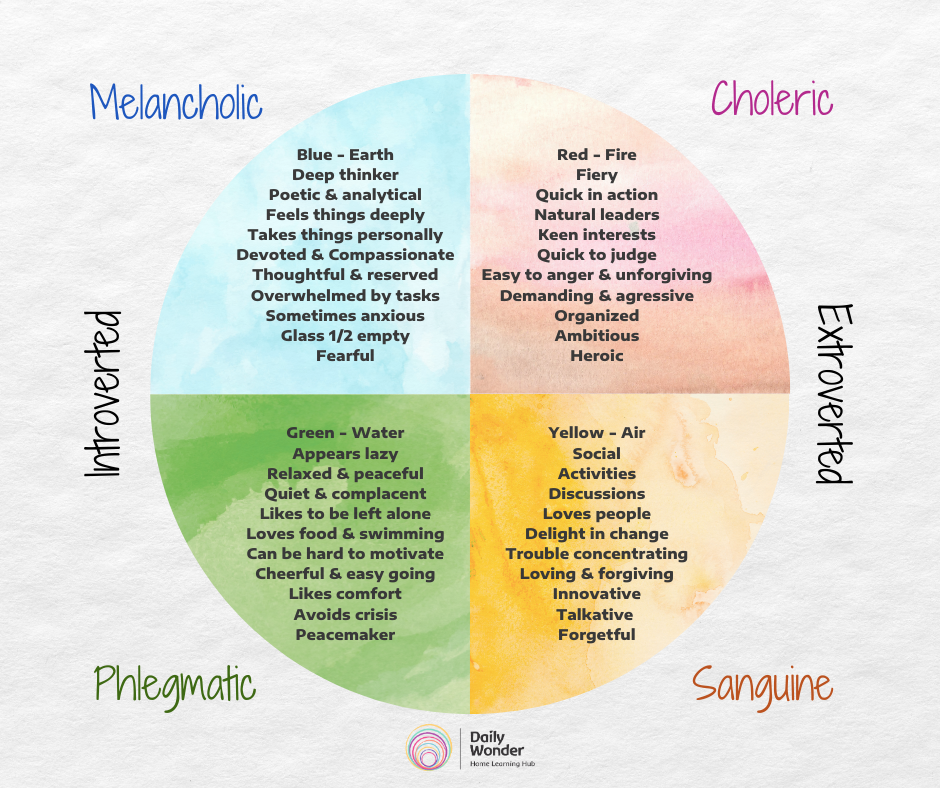
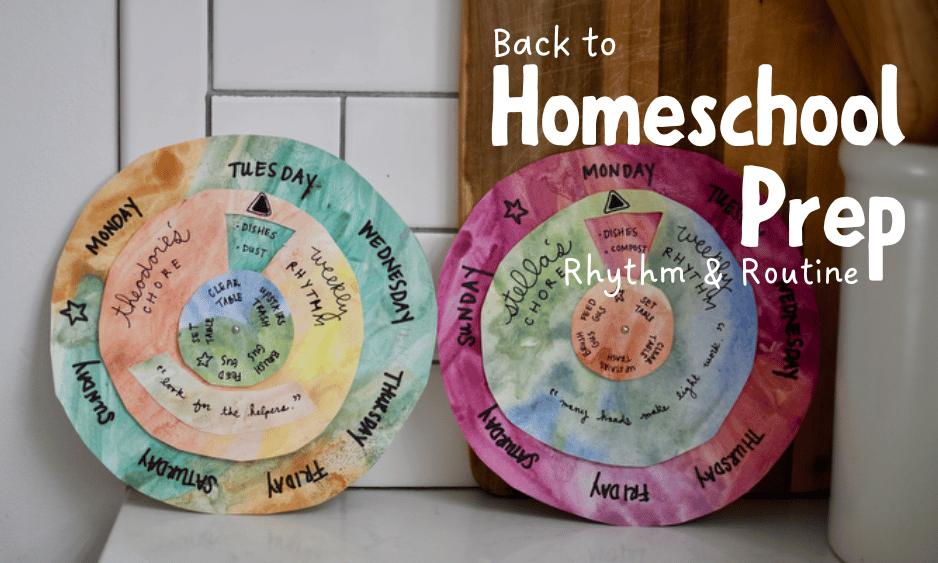

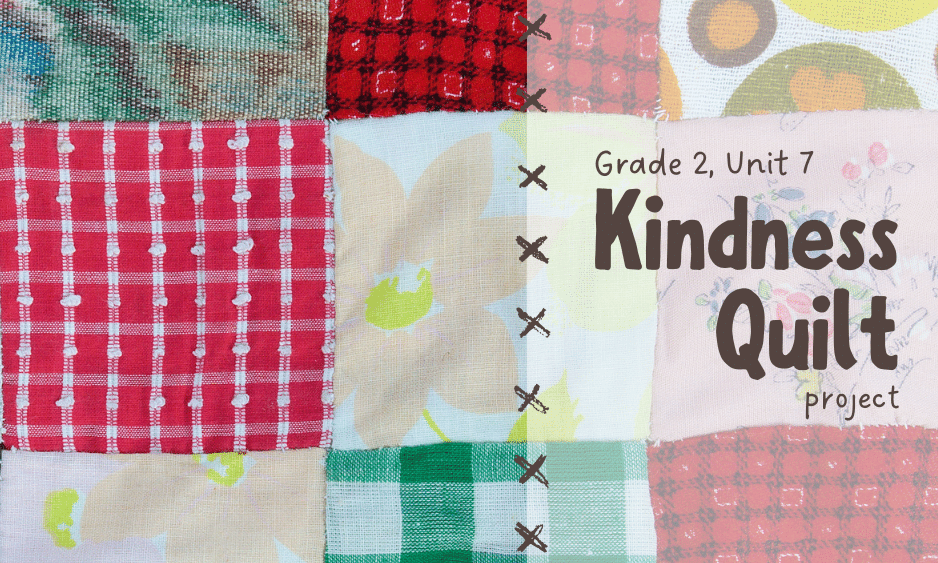
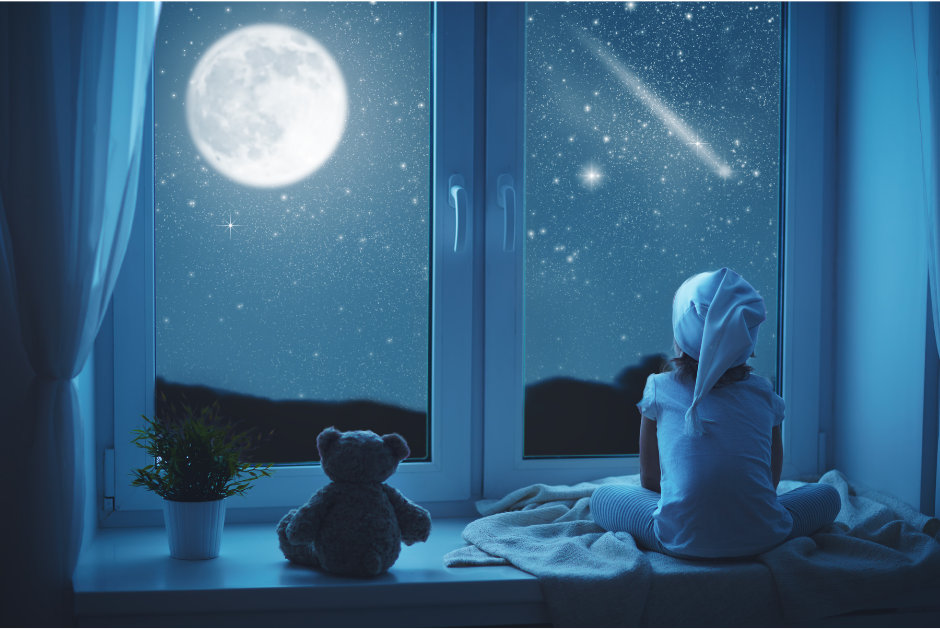
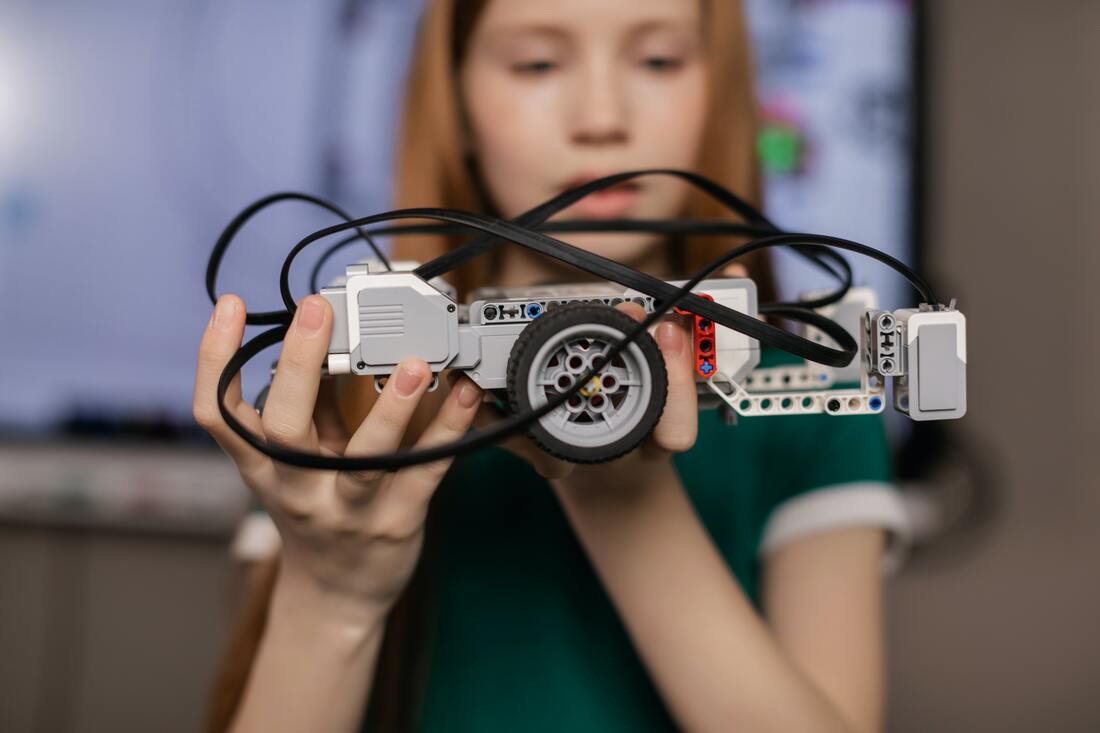


 RSS Feed
RSS Feed